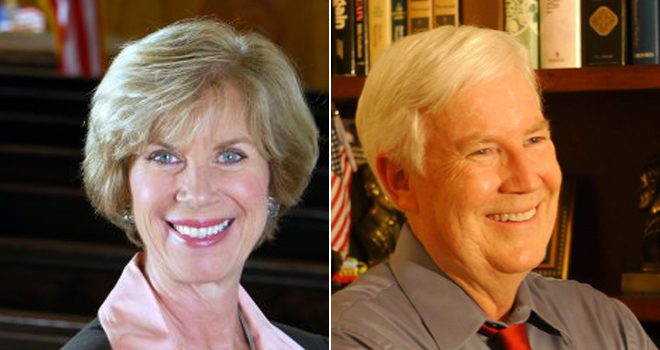The runoff field remains up in the air for the CA-36 special election, where Rep. Jane Harman (D) resigned her seat, with Democratic Los Angeles City Councilwoman Janice Hahn set to face either Republican businessman Craig Huey — or fellow Democrat, Secretary of State Debra Bowen — for this deep-blue seat.
With 100% of precincts reporting, Hahn has 13,137 votes, for 24.7%; Huey has 11,648 votes, for 21.9%; and Bowen has 11,442 votes, for 21.5%. However, as the DCCC has noted in an e-mail to the press, there are over 9,800 absentee and provisional votes remaining to be counted, which could potentially put Bowen back ahead of Huey and result in a Dem vs. Dem runoff, in light of Huey’s lead of only 206 votes for the second-place slot.
In case of a Dem vs. GOP runoff, it should be noted that the district in its current form is very blue, and has only been getting more so over the past decade: It voted 64%-36% for Barack Obama in 2008, 59%-40% for John Kerry in 2004, and 55%-37% for Al Gore in 2000.
As for Dan Adler, the Hollywood executive whose ads went viral online with such slogans as “We Minorities Should Stick Together,” and “Dan Adler: He Gets Shit Done,” with his young son declaring that “my dad gets shit done” — he got only 285 votes, for 0.5%. It looks like maybe he doesn’t “get shit done.”
As a key matter, this was the first race for federal office in California to be held since voters approved a major change to the electoral system. Indeed, it was widely expected that that Hahn and Bowen would advance to a runoff, making a potential “win” by Huey for second place something of an upset.
In a referendum held during last year’s primary, California’s voters approved Proposition 14, which replaced the conventional party primaries with a different system known as Top Two, which has already been in use in Washington state for the past few years. (A similar system has been used for a long time in Louisiana, sometimes called the “jungle primary,” but Washington state’s version was the model used for California — and in fact, Louisiana has scrapped the use of the jungle primary for federal races.)
Under this system, which took effect in January this year, all candidates will appear on the same ballot, with their respective party labels next to their names, and the top two voter-getters advancing to the general election. This system allows for the possibility of two Democrats or two Republicans facing off in very safe districts, which is thought to benefit more moderate candidates, though in statewide races and swing districts there will likely be one Dem vs. one GOPer.






